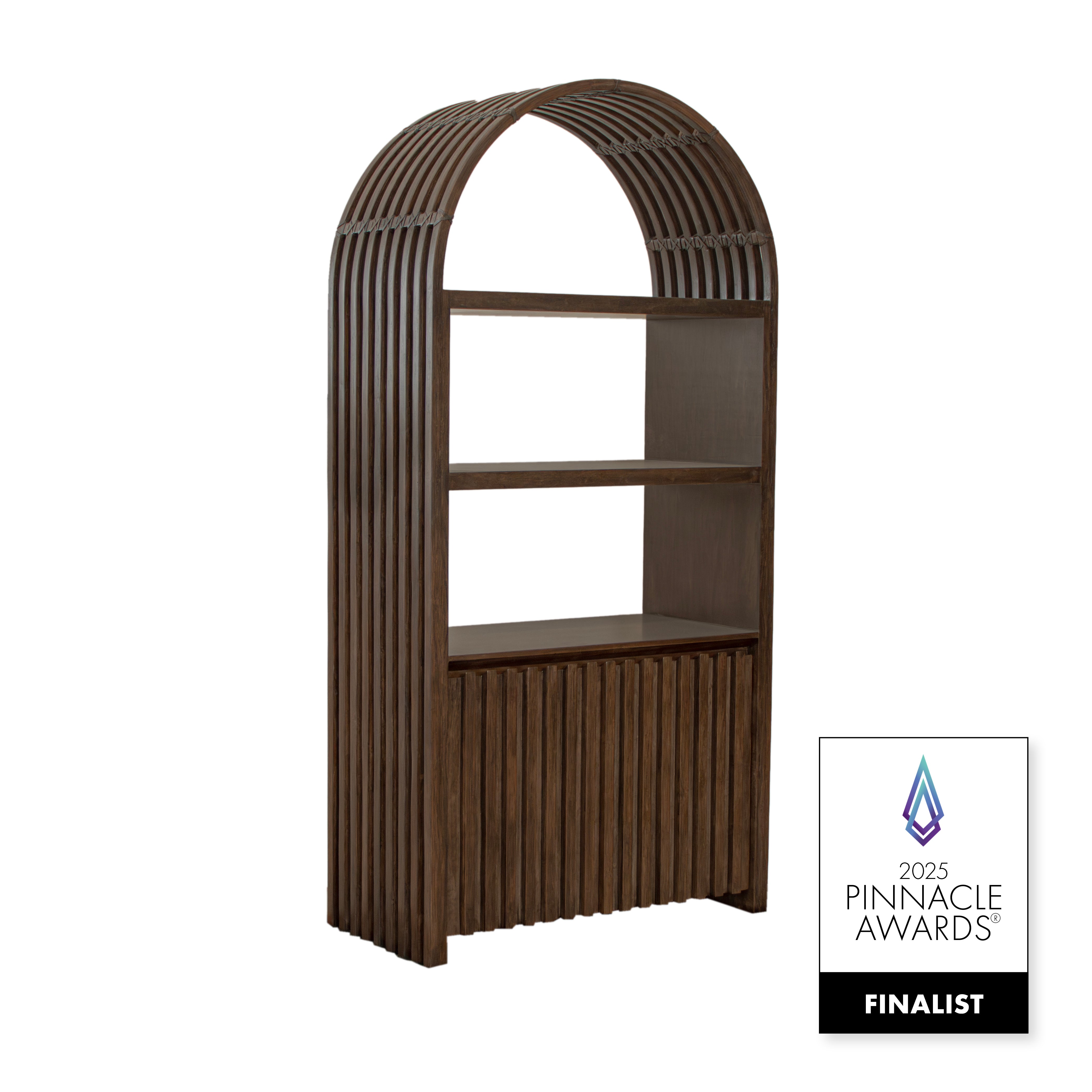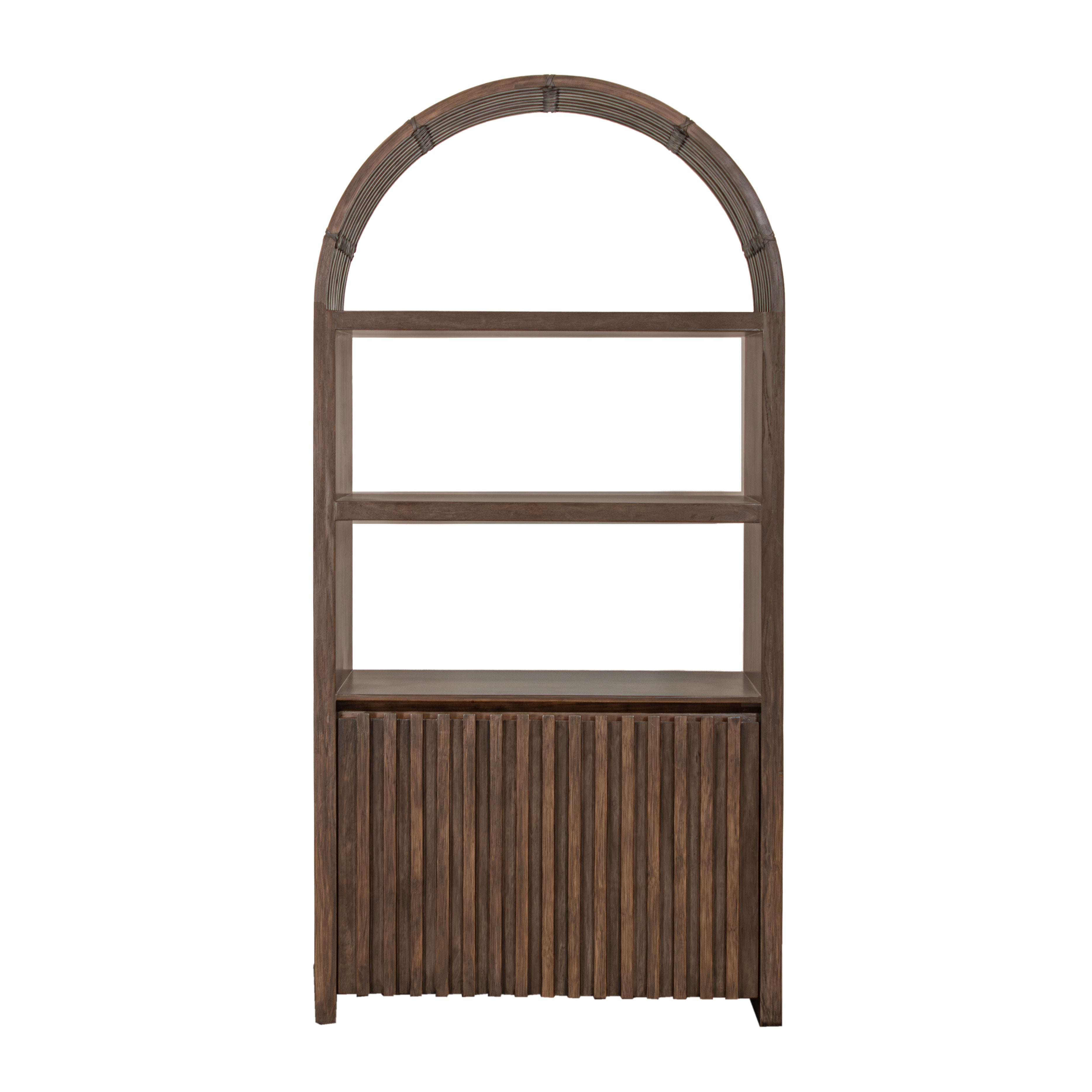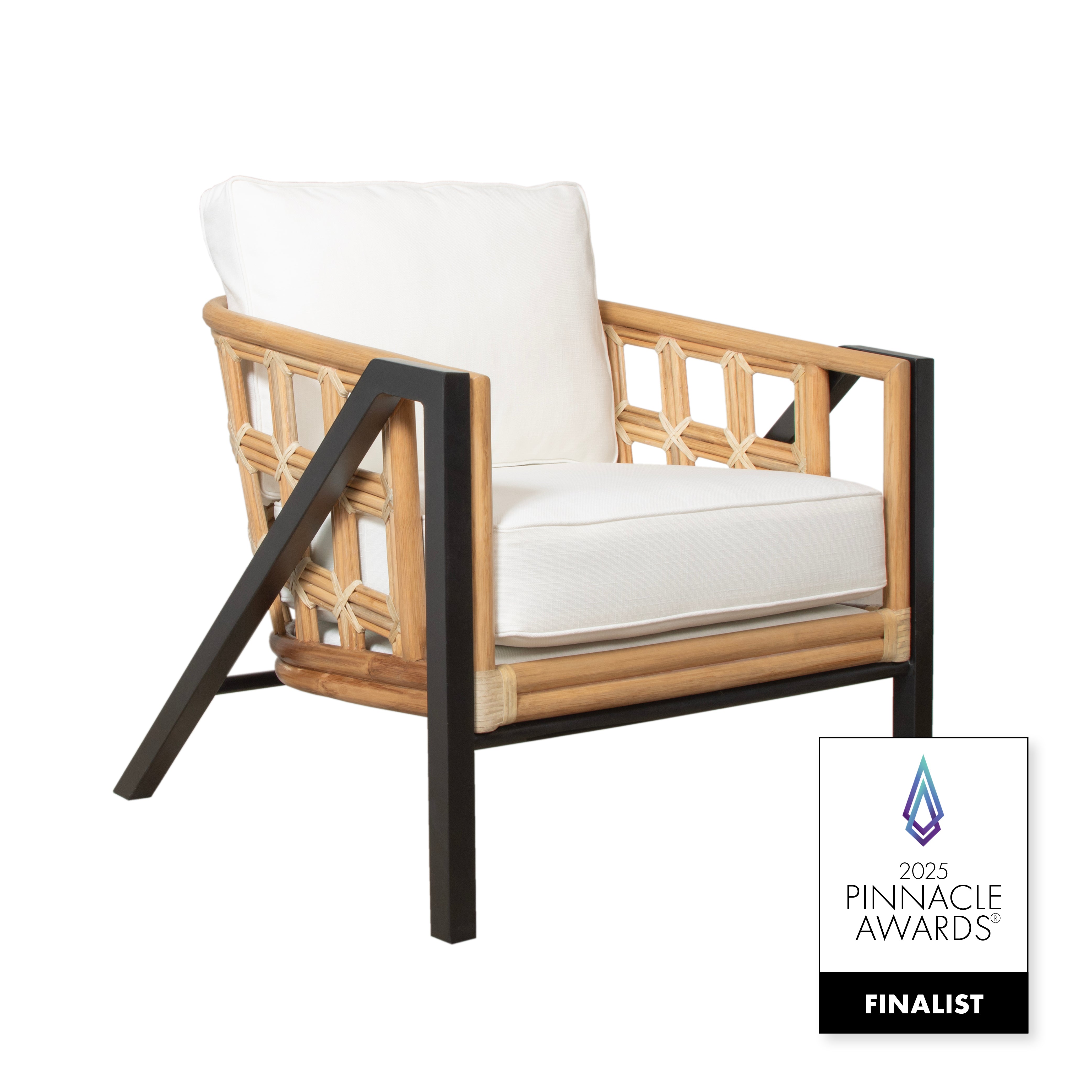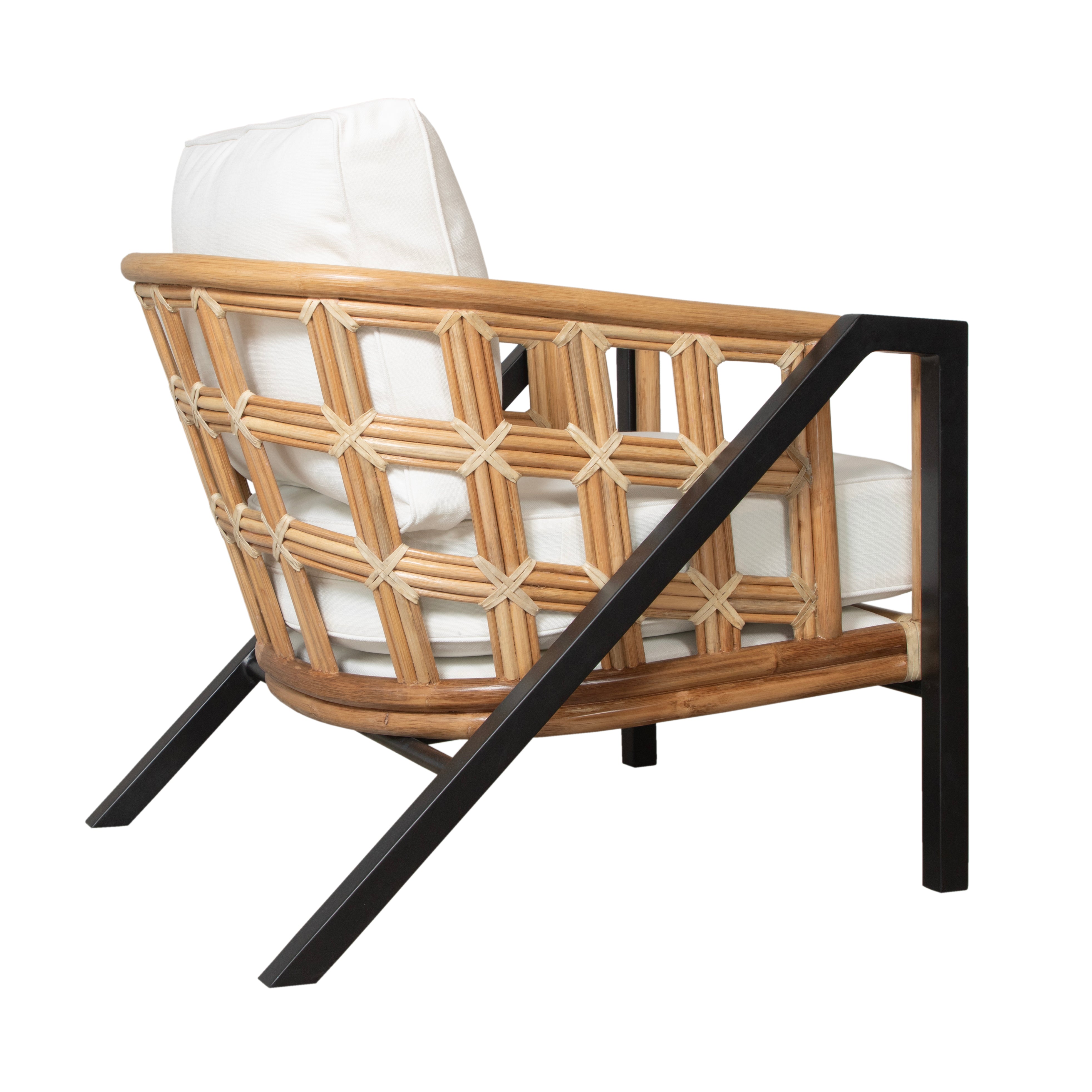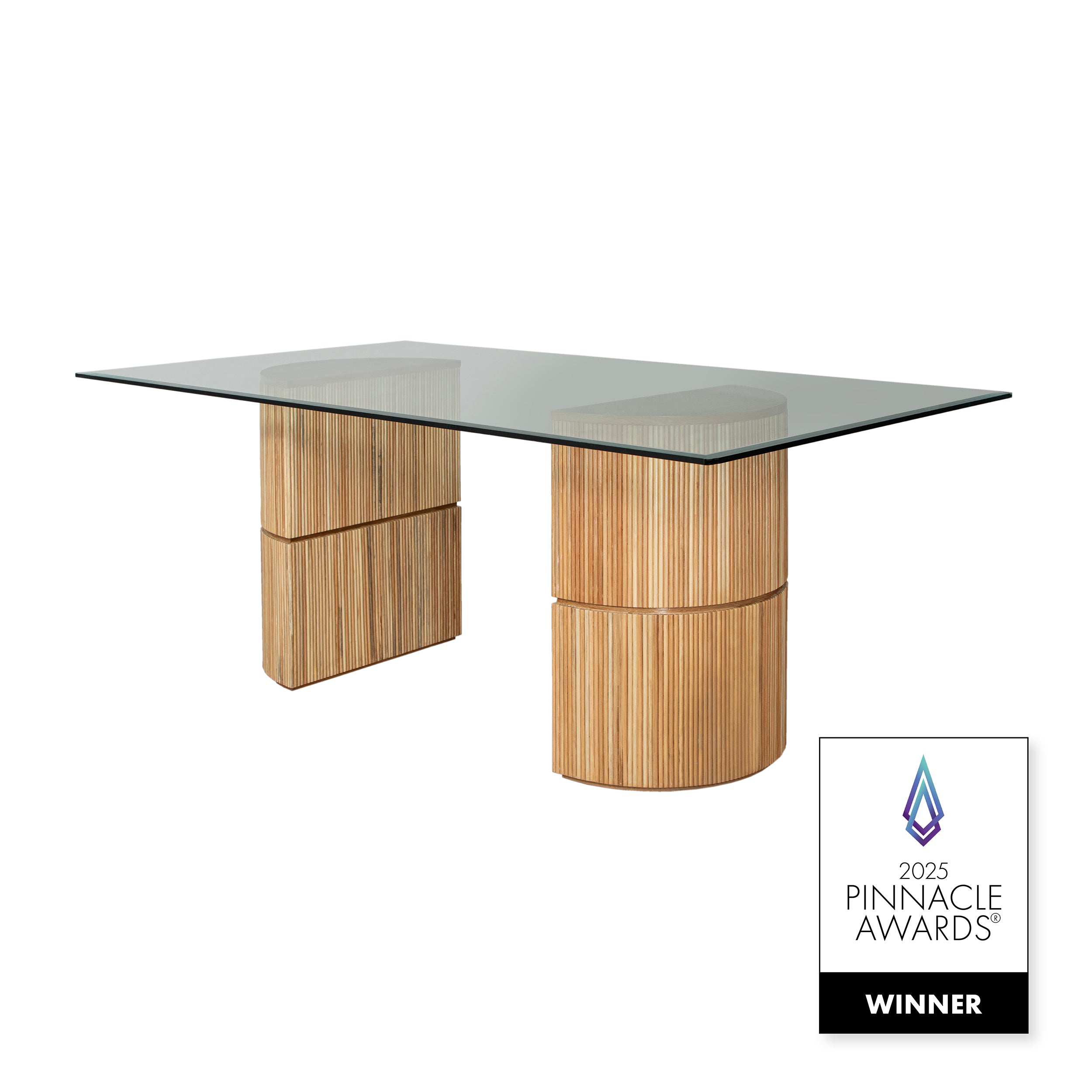Tim Talks: All About Caring For Rattan
Welcome to this edition of Tim Talks! Today, we’re focusing on the essential care and maintenance of rattan furniture. Lariza will be chatting with Tim, Owner and Master Finisher, to uncover the best practices for cleaning rattan, how to avoid damage, and tips for prolonging its life. If you want to keep your rattan pieces looking their best for years to come, this interview is packed with valuable insights and expert advice. Let’s dive in!
Lariza: Tim, what’s the best way to clean rattan furniture without damaging it?
Tim: This is our number one asked question and a great one. The key to cleaning rattan furniture is using a gentle approach. Start by dusting it regularly with a soft cloth to remove loose dust or dirt. For a deeper clean, stained or painted finishes may be cleaned with a soft, damp, lint-free cloth and dried immediately with another soft, dry cloth. Just be careful not to soak the rattan as too much moisture can lead to warping or damage. To avoid creating swirl marks, always wipe with the grain rather than in a circular motion. I do not recommend the use of furniture cleaning chemicals, including aerosol cleaners that shall not be named, or any products with an oil-based polish or products that contain silicon as these chemicals will damage the finish. If absolutely necessary, a mild soap and water solution can be applied but typically a damp rag with water only will do the trick. Always remember to dry the rattan completely before completing your cleaning task as any moisture left on the frame may degrade or harm the finish.

Lariza: What should we keep in mind to avoid damaging rattan furniture?
Tim: Rattan is durable but can be sensitive to certain elements. Like all woodwork, rattan is subject to expansion and contraction with humidity changes. The ideal temperature for rattan furniture ranges from 50 degrees F to 80 degrees F and humidity levels between 20% and 40%. Avoid placing rattan furniture in direct sunlight, as this can dry out the material or cause it to crack over time. Finally, watch out for rough handling – rattan is strong, but it’s best to avoid dragging it across the floor or using it as a step stool.

Lariza: Can rattan furniture be placed outside?
Tim: The short answer is no! While rattan furniture is strong and durable, it’s not designed to withstand outdoor conditions. Exposure to moisture, direct sunlight, and fluctuating temperatures can cause the rattan to warp, crack, become brittle or even mold over time. Even covered outdoor areas aren’t ideal, as humidity affects the material. For the best longevity and appearance, we recommend keeping rattan furniture in a climate-controlled environment where it can be enjoyed without the risk of weather damage.
Lariza: How can we prolong the life of rattan furniture?
Tim: To extend your rattan furniture's life, it’s important to keep it in a climate-controlled environment. Regular cleaning, avoiding direct sunlight, and gently rotating pieces to prevent uneven wear will also help keep your rattan furniture in great shape for many years.




